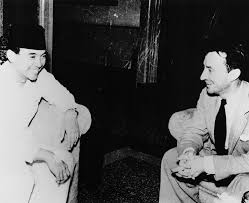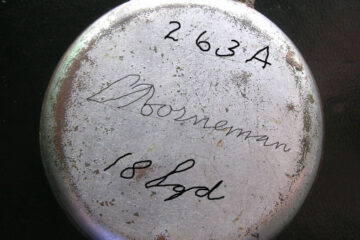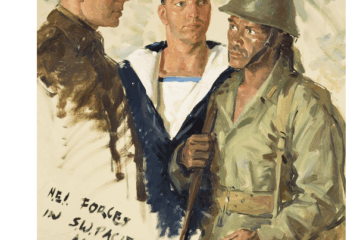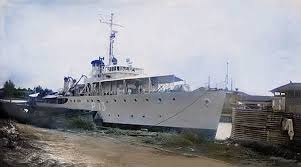In 1994, the Australian Government Publishing Service released a remarkable volume titled Diplomasi: Australia & Indonesia’s Independence. Documents 1947, edited by political analyst and public servant Dr Philip Dorling. This collection of declassified documents sheds new light on a transformative year in Australian foreign policy—one that placed Australia in the middle of the diplomatic conflict between the Netherlands and the fledgling Republic of Indonesia.
For many Australians, the Dutch colonial presence in the East Indies seemed distant and complex. But for policymakers in Canberra, the Indonesian independence struggle after WWII presented a defining challenge—one that demanded a principled yet pragmatic response. The documents in Diplomasi offer firsthand insight into how the Australian government navigated this complex terrain during 1947, a year marked by deepening tensions, military conflict, and diplomatic confrontation.
Australia’s diplomatic balancing act
The documents trace Australia’s shift away from its traditional support for European colonial powers towards a more independent, regionally focused foreign policy. Under Prime Minister Ben Chifley and External Affairs Minister Dr H.V. Evatt, Australia increasingly supported the principle of self-determination for Indonesia. This placed it at odds with the Netherlands, a long-standing ally and fellow Western democracy that was attempting to reassert colonial authority over its former colony.
While the Dutch argued they were restoring order and preparing Indonesia for a federated future, Australian diplomats—some based in Batavia (now Jakarta)—reported growing evidence of Dutch military aggression and the resilience of the Indonesian republican movement. Diplomasi captures this through internal cables, personal correspondences, and United Nations submissions.

A unique Australian role
Australia’s involvement went beyond statements of concern. It became the first country outside Asia to bring the issue of Indonesia’s decolonisation to the newly formed United Nations. The Chifley government pushed for international mediation, opposed Dutch military action during “Police Actions” in Java and Sumatra, and supported the establishment of the Good Offices Committee under UN auspices—bringing Australia, the United States, and Belgium into a formal mediation role.
This positioned Australia not only as a diplomatic intermediary, but also as a regional actor willing to challenge colonial orthodoxy. These actions were controversial—both domestically and in Dutch circles—but they signalled a dramatic realignment in Australia’s foreign policy priorities.
Relevance to the Dutch-Australian community
The events of 1947 shaped the trajectory of Dutch-Australian relations for years to come. Many Dutch citizens—both colonial officials and Indo-European civilians—left the Netherlands East Indies amid the upheaval, some eventually migrating to Australia. This complex chapter is part of the shared history of all three nations—Australia, the Netherlands, and Indonesia.
For the Dutch-Australian community, Diplomasi offers a candid view of how Australia’s role in Southeast Asian decolonisation intersected with Dutch imperial interests and regional migration patterns. It is a key resource for understanding the background to the postwar migration of Dutch nationals to Australia, including many who had lived in or served in the NEI.
A valuable resource
Diplomasi: Australia & Indonesia’s Independence. Documents 1947 is part of the Department of Foreign Affairs and Trade’s Historical Documents series. It remains a vital source for scholars, students, and community members interested in the early Cold War period, Australian-Indonesian relations, and Dutch postcolonial history. The volume is available in academic libraries and select archives, including the National Library of Australia.


